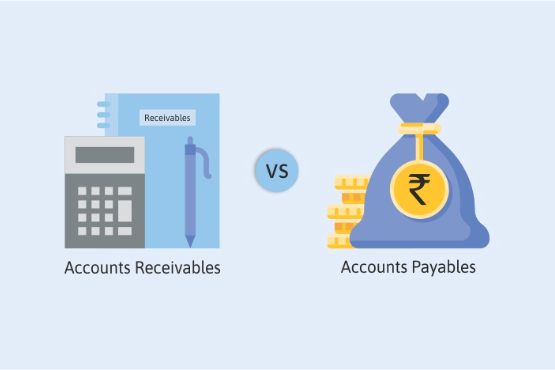Accounts Receivable & Payable

Accounts Receivable & Payable
Accounts Receivable (AR) and Accounts Payable (AP) are critical components of a company's financial management system. They represent the money that a company expects to receive from its customers (AR) and the money it owes to its suppliers or creditors (AP). Effective management of these accounts is essential for maintaining a healthy cash flow and ensuring the financial stability of a business.


Management:
Effective AR management involves several key practices:
Credit Policies: Establishing clear credit policies helps determine which customers are eligible for credit and under what terms. This includes setting credit limits and payment terms (e.g., net 30 days).
Invoicing: Prompt and accurate invoicing is crucial. Invoices should be clear, detailed, and sent immediately after the delivery of goods or services.
Collections: Regular follow-up on overdue invoices is necessary to ensure timely payment. This may involve sending reminders, making phone calls, or employing collection agencies if necessary.
Monitoring: Keeping track of AR aging reports helps identify overdue accounts and assess the effectiveness of the collection process. Companies can use aging reports to prioritize collection efforts and manage cash flow.
Impact on Cash Flow:
Efficient AR management ensures that a company maintains a steady inflow of cash, which is essential for meeting operational expenses, investing in growth opportunities, and avoiding liquidity issues.
Accounts Payable (AP)
Definition and Importance:
Accounts Payable represents the amount a company owes to its suppliers or creditors for goods and services purchased on credit. It is recorded as a liability on the balance sheet because it represents future outflows of cash.
Management:
Effective AP management involves:
Vendor Management: Establishing good relationships with suppliers can lead to favorable credit terms and discounts. It is important to negotiate terms that align with the company's cash flow needs.
Invoice Processing: Ensuring that invoices are accurate and approved before payment is crucial. This involves verifying the receipt of goods/services and matching invoices with purchase orders and delivery receipts.
Payment Timing: Strategic timing of payments can optimize cash flow. Taking advantage of early payment discounts or extending payment terms (without incurring late fees) can improve liquidity.
Record Keeping: Maintaining accurate records of all payable transactions helps in tracking due dates, managing cash flow, and preparing financial statements.
Impact on Cash Flow:
Efficient AP management ensures that a company pays its obligations on time without straining its cash reserves. Properly managed AP can also enhance a company's reputation and creditworthiness, leading to better terms with suppliers.
Balancing AR and AP
Balancing AR and AP is crucial for maintaining a healthy cash flow. If AR collections are delayed, the company might struggle to meet its AP obligations, leading to cash flow problems. Conversely, if AP payments are delayed too long, the company might face penalties or strained supplier relationships. Therefore, businesses need to implement effective strategies for both AR and AP management to ensure financial stability and operational efficiency.
In summary, Accounts Receivable and Accounts Payable are fundamental aspects of financial management that directly impact a company's cash flow and overall financial health. Efficient management of these accounts helps ensure that a business can meet its financial obligations, invest in growth opportunities, and maintain good relationships with customers and suppliers.
